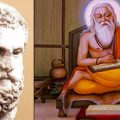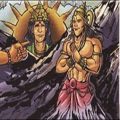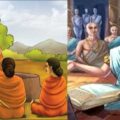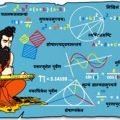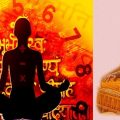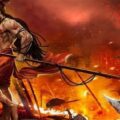Saptarshis: The Evolution of Rishi Gotras
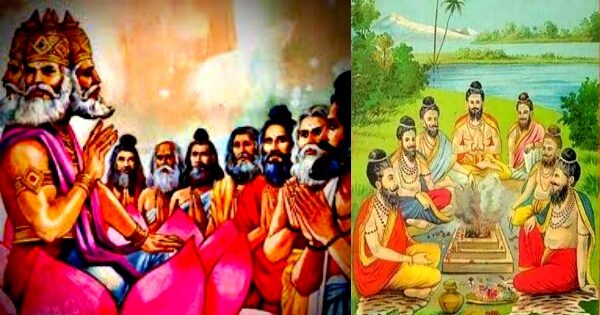
According to the legends of early Vedic era, Prajapatis were the earliest known ancestors of entire Indian civilization. Seven Prajapatis emerged as the greatest Rishis of the early Vedic era known as “Saptarshis” who laid strong foundations for the evolution of Vedic sciences. The seven Rishis of the early Vedic era were Bhrigu, Angiras, Marichi, Atri, Pulaha, Pulastya and Vasishtha. They were the founders of seven earliest Rishi gotras.
The descendants of Pulaha and Pulastya could not follow the values of Vedic Rishis and came to be known as Paishachas and Rakshasas. Thus, the names of Pulaha and Pulastya had been excluded from the list of Saptarshis.
Gradually, Jamadagni replaced his ancestor Bhrigu because Shukracharya, the son of Bhrigu became the teacher of Asuras. Gautama and Bharadwaja, the descendants of Angiras were included in the list of Saptarshis considering the greatest contribution of the descendants of Angiras.
There are more than 3600 mantras written by Angiras and his descendants in Rigveda. Kashyapa, the son of Marichi, replaced his father. Vishvamitra, the son of Kaushika and the grandson of Kusha was the later entrant into the list of Saptarshis. Thus, Asvalayana Grihyasutra, Baudhayana Shrutasutra, Satapatha Brahmana etc. give the list of Saptarshis as Gautama, Bharadwaja, Vishwamitra, Jamadagni, Kashyapa, Vasishtha and Atri.
Since the gotra of Agastya was not known as being an abandoned child, therefore, the great Vedic sage Agastya’s progeny has been accepted as the eighth Rishi gotra. Some sources include Agastya in the list of Saptarshis because Gautama and Bharadwaja belonged to the same gotra of Angiras.
Ashvalayana Grihyasutra mentions that all 49 gotras have been descended from these eight Rishi gotras. According to Ashvalayana, seven gotras from Jamadagni, ten from Gautama, nine from Bharadwaja, two from Atri, twelve from Vishvamitra, four from Kashyapa, four from Vasishtha and only one from Agastya have been evolved.
Ashvalayana, the pupil of Shaunaka lived before the Ramayana era. Panini refers to the existence of numerous gotrāvayavas or sub-branches of Rishi gotras in his time.
Image source: Google.
Facebook Comments Box
The following two tabs change content below.


Vedveer Arya
Vedveer Arya is a civil servant and an officer of 1997 batch of Indian Defence Accounts Service (IDAS). A postgraduate in Sanskrit from University of Delhi, he is author of 'The Chronology of India'.
Latest posts by Vedveer Arya (see all)
- How Salaries Were Paid to Temple Staff in Early Medieval Bharat - July 27, 2024
- A Genealogical Account of Bhrigu Gotra from Saptarshis - July 27, 2024
- Saptarshis: Lineages of Angirasa gotra from 14050 BCE - July 27, 2024

